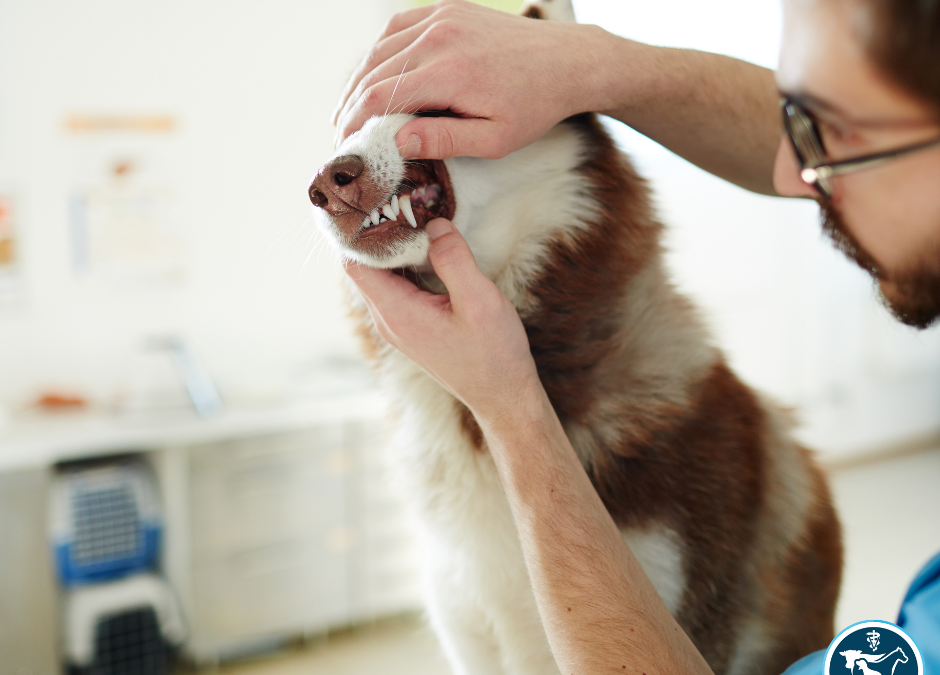Starting the Conversation About Periodontal Disease
A 2018 study revealed that nearly 100% of dogs and between 50 to 90% of cats over the age of three show signs of periodontal disease. Periodontal disease is defined as inflammation of the tissues surrounding the teeth and can present as bone loss, gingival recession, and mobile teeth. It is the single most commonly diagnosed disease at companion animal veterinary practices. What measures can be taken to insure that periodontal disease doesn’t occur and affect your patients’ overall health? Small steps, such as involving owners during awake oral exams and discussing the benefits that at-home care can have on their finances and their pet’s overall health, can be a good place to start.
Client Involvement During Annual Oral Exams
You’re examining your patient, and inevitably the time comes to assess their mouth. Some patients are more willing to participate than others, but generally, a quick glimpse of the oral cavity during an awake exam is all they’ll allow. It can be difficult for veterinarians, even with assistance, to conduct an in-depth oral exam on the most well-behaved patient, so it is easy to understand how it can be nearly impossible for owners. Since it’s hard to believe what we can’t see, getting owners involved while they’re at your office for a visit is imperative. If your patient is amenable, one method is to invite your client to spectate up close during the oral exam. Ask them if they would like to take a peek – most people are intrigued since they rarely have this opportunity and eagerly jump at the chance. Another option that can be a little less invasive if your patient doesn’t want to cooperate is lifting their lip and having your technician take pictures of the teeth. The pictures can be printed out and sent home with the owner, along with an educational sheet outlining the different stages of periodontal disease and your recommendations. The more involved the owners are, the more willing they will be to participate in their pet’s oral health.
Grading Periodontal disease
It is important to inform clients that while annual oral awake exams are useful in assessing their pet’s oral health, periodontal disease staging is most accurately performed while their pet is under anesthesia. The American Animal Hospital Association’s guidelines for periodontal disease staging offer a great client education handout to assist you when discussing appropriate treatment for each stage. At a minimum, each stage (1-4) of periodontal disease is appropriately treated with dental scaling and polishing. This is a great opportunity to discuss the benefits of anesthetic dentistry for maintaining the patient’s oral health.
Importance of At-Home Dental Care
Both the American Animal Hospital Association and the American Veterinary Dental College recommend at-home dental care, along with annual oral health exams, to aid in the prevention of periodontal disease. It is important to work with your client to determine which at-home care methods will work best for them and their pet. Although daily teeth brushing is often regarded as the gold standard for maintaining oral health, some patients aren’t comfortable having their mouths manipulated. This can make it difficult for the client to brush their pet’s teeth daily, leading to decreased client compliance. Raising client awareness to alternatives, such as dental treats, water additives, or dental wipes, approved by the Veterinary Oral Health Council, can make it easier for clients to maintain their pet’s oral hygiene between dental cleanings continuously.

